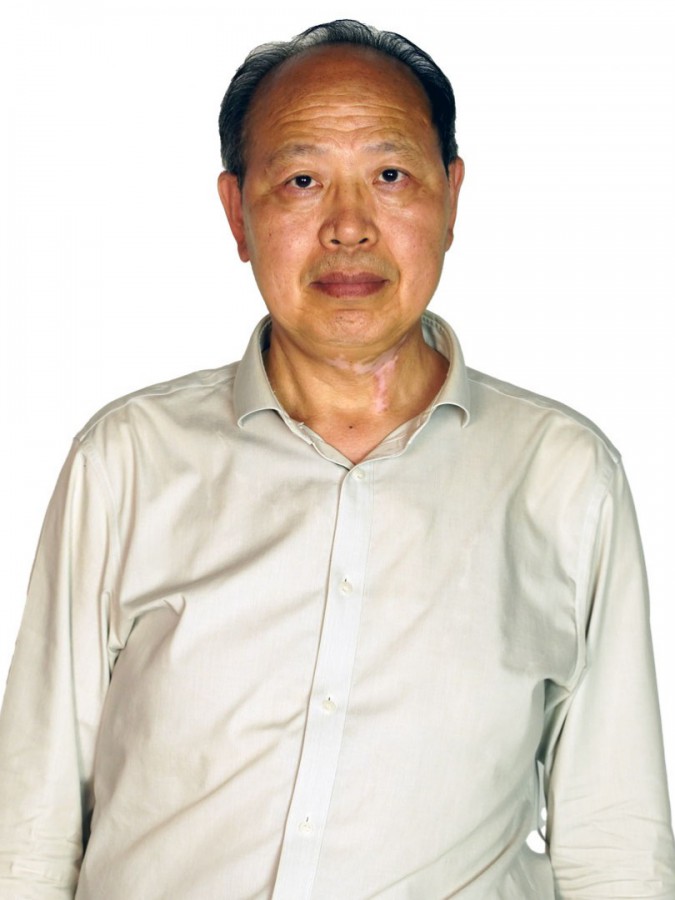abstract
New europium and godolinium tris-beta-diketonate complexes have been prepared and incorporated in sol-gel-derived organic-inorgornic hybrids, named di-ureasils. The general formula [Ln(btfa)(3)-(4,4'-bpy)(EtOH)] (Ln=Eu, Gd; 4,4'-bpy = 4,4'-bipyridine; btfa = 4,4,4-trifluoro-1-phenyl-1,3-butanedione) for the complexes was confirmed by X-ray crystallography and elemental analysis. The ground-state geometry of the Eu3+ complex was calculated from the Sparkle/AM1 model. The calculated quantum yield obtained from the Sparkle model and from the crystal structure (both 46%) are in satisfactory agreement with the experimental value (38 +/- 4%). In the isolated complex the most efficient luminescence channel is S-0 -> S-1 -> T -> (D-5(1), D-5(0)) -> F-7(0-6), where the exchange mechanism dominates in the energy-transfer channel T -> (D-5(1), D-5(0)). For the Eu3+-based di-ureasils a 50% quantum yield enhancement compared to the Eu3+ complex is observed, which suggests an effective hybrid host-metal ion interaction and an active energy-transfer channel between the hybrid host and the Eu3+ complex. The Eu3+-based di-ureasils are photostable under UVA (360 nm) excitation, whereas under UVB (320 nm) and UVC (290 nm) photodegradation occurs.
keywords
RARE-EARTH IONS; CAMBRIDGE STRUCTURAL DATABASE; CARBOXYLIC-ACID SOLVOLYSIS; FULL-COLOR PHOSPHORS; GEL-DERIVED SILICA; LUMINESCENCE PROPERTIES; LANTHANIDE COMPLEXES; IN-SITU; CRYSTAL-STRUCTURE; ENERGY-TRANSFER
subject category
Chemistry; Physics
authors
Lima, PP; Ferreira, RAS; Freire, RO; Paz, FAA; Fu, LS; Alves, S; Carlos, LD; Malta, OL






